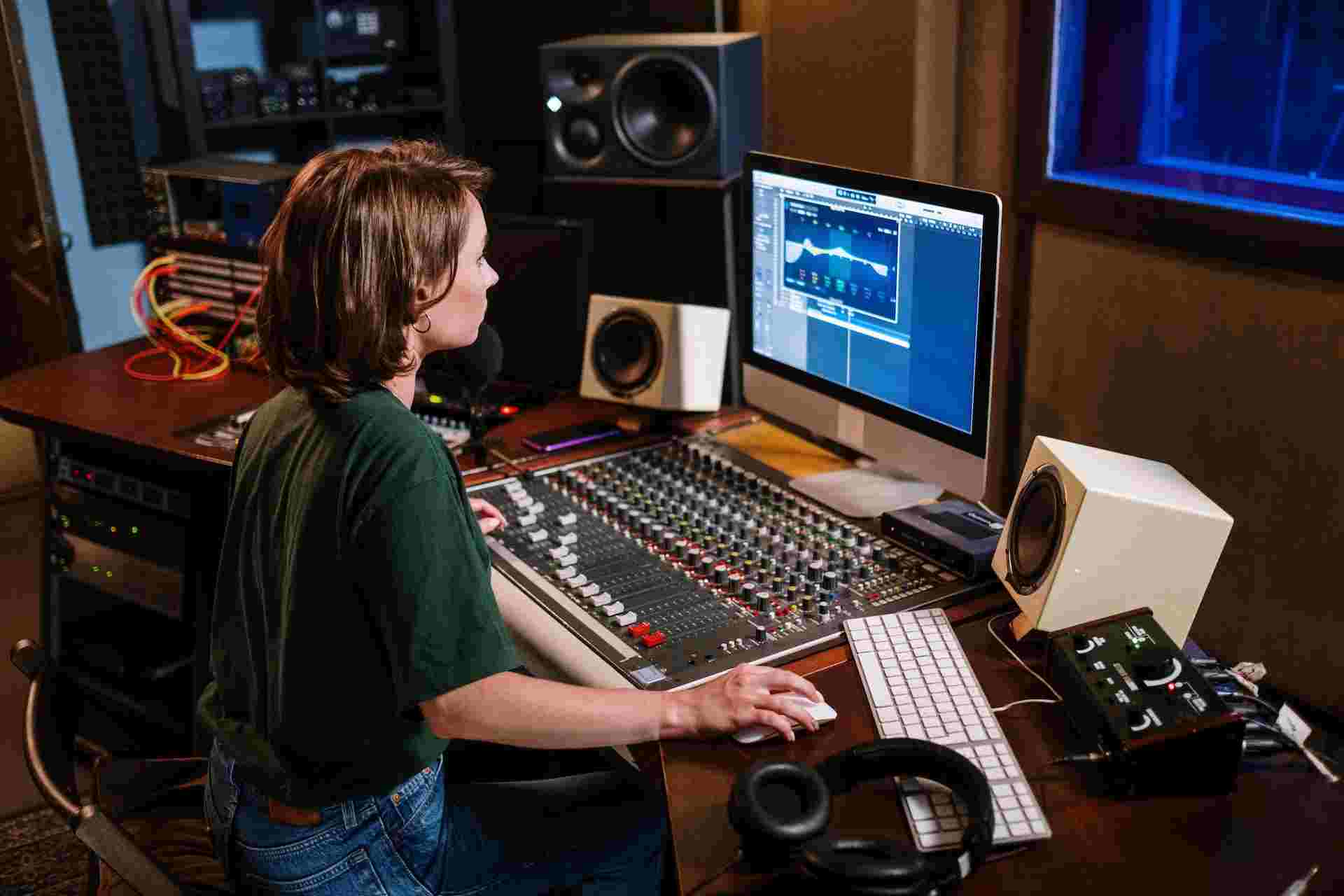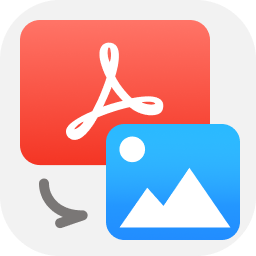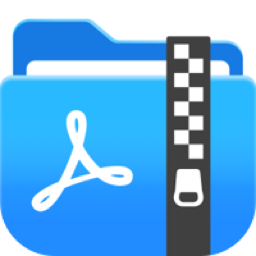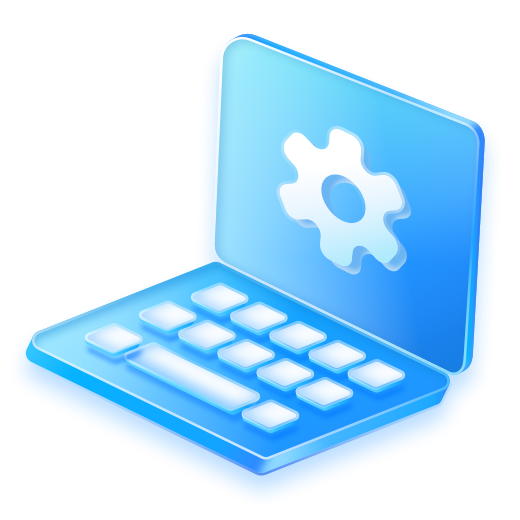7 Audio-Editing Software Features That Can Enhance Your Work
- Support
- Dynamic News
- Kate
1548
- 2024-06-03 18:17:38
Audio editing has become an essential component in the world of digital content creation, revolutionizing the way audio is produced and consumed. With the help of advanced audio-editing tools, the landscape of content creation has undergone significant transformations, leading to a higher standard of quality and creativity in audio-based media.
Among these advancements, the evolution of audio-editing software has played a pivotal role in the growth and utilization of audio content, from the early days of basic waveform editing to the current era of sophisticated digital audio workstations (DAWs), audio-editing software has become increasingly powerful, intuitive, and accessible. In this way, it empowers creators to unleash their artistic vision and craft immersive experiences for their audiences.

Audio-editing software features to gun for
While audio usage has seen a surge in popularity, there are still many individuals and businesses who have yet to fully embrace it. According to recent surveys, 30% of non-audio marketers cite a lack of understanding or knowledge as the reason for not incorporating audio into their content strategy. If you're considering delving into audio content creation or seeking ways to streamline your workflow, it's crucial to identify key features that can maximize efficiency. Below are some essential features to consider:
1. Intuitive Interface: An intuitive interface is the backbone of any efficient audio-editing software. Look for software that offers a user-friendly layout, easily navigable menus, and intuitive controls. A well-designed interface allows you to focus on your creative process rather than getting lost in a maze of complex options. With a streamlined and intuitive interface, you can work seamlessly and efficiently.
2. Audio Format Support: Audio-editing software should have robust support for a wide range of audio formats. This ensures compatibility with different file types, allowing you to import, edit, and export audio in various formats without quality loss or compatibility issues. Look for software that supports popular formats like MP3, WAV, FLAC, AAC, and more, to ensure seamless integration with your existing audio library and compatibility with different platforms.
3. Real-Time Editing and Preview: Real-time editing and preview capabilities are invaluable when fine-tuning your audio. Look for software that offers instant feedback and allows you to make adjustments in real time, saving you time and effort. This feature enables you to hear the changes as you make them, ensuring that your final output matches your creative vision.
4. Comprehensive Editing Tools: Powerful audio-editing software should offer a comprehensive set of editing tools. Look for features like cut, copy, paste, trim, and fade to precisely manipulate audio clips. Additionally, options for splitting and merging audio regions, as well as the ability to adjust volume levels and create crossfades, provide greater control over your audio production.
5. Time and Pitch Manipulation: The ability to manipulate time and pitch opens up endless creative possibilities. Look for software that offers time-stretching and pitch-shifting capabilities. These features allow you to alter the duration and pitch of audio clips without sacrificing their quality. Whether you're working on music production, audio post-production, or podcast editing, time and pitch manipulation tools can help you achieve desired effects and seamless synchronization.
6. Noise Reduction: Unwanted background noise can degrade the quality of your audio recordings. Choose software that offers noise reduction to eliminate hisses, hums, clicks, and other undesirable artifacts. Advanced algorithms can intelligently analyze the audio and reduce noise while preserving the clarity and integrity of the original sound, resulting in cleaner and more professional audio.
7. Audio Mixing: Audio mixing is a vital aspect of audio production, allowing you to balance the levels and spatial positioning of various audio elements. Look for software that provides a comprehensive mixing environment, including features like volume automation, panning, and spatial effects.
The Final Words
Selecting the right audio-editing software with these essential features can greatly enhance your work, enabling you to create professional-quality audio with efficiency and ease. An intuitive interface, comprehensive audio format support, advanced effects and processing tools, noise reduction features, time and pitch manipulation options, and Audio mixing are all crucial factors to consider. As a result, I strongly recommend you use Kingshiper Audio Editor, an all-in-one tool that helps you easily achieve these functions.





















































